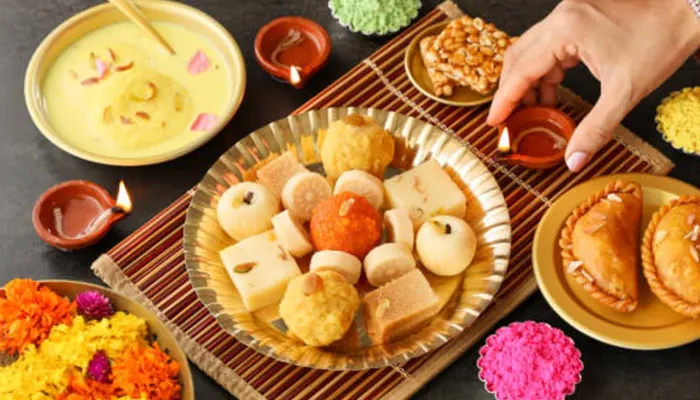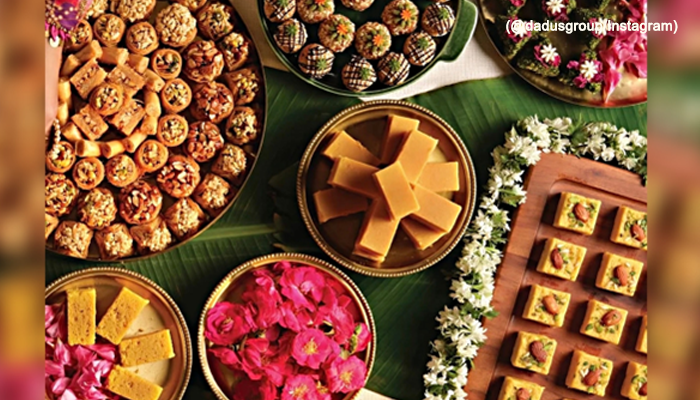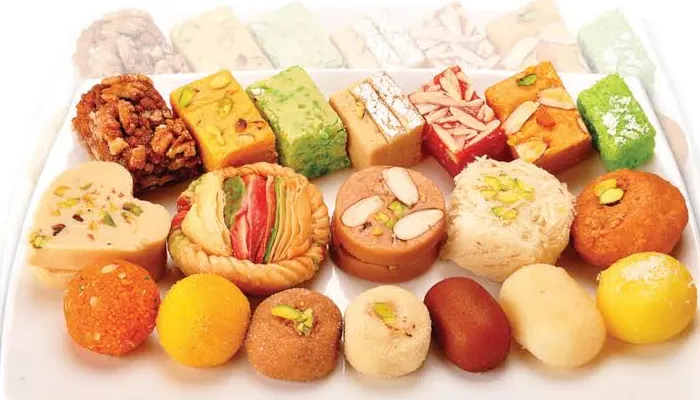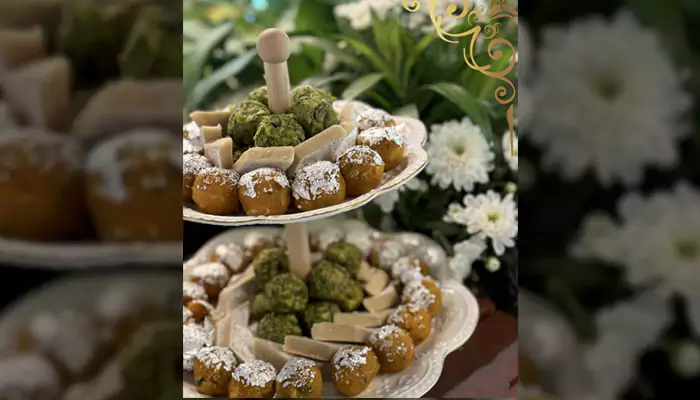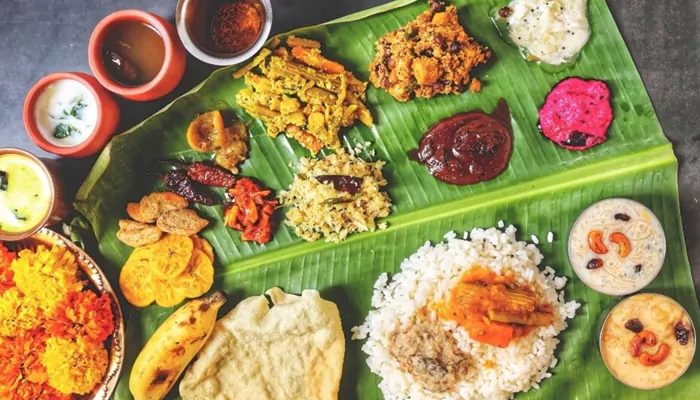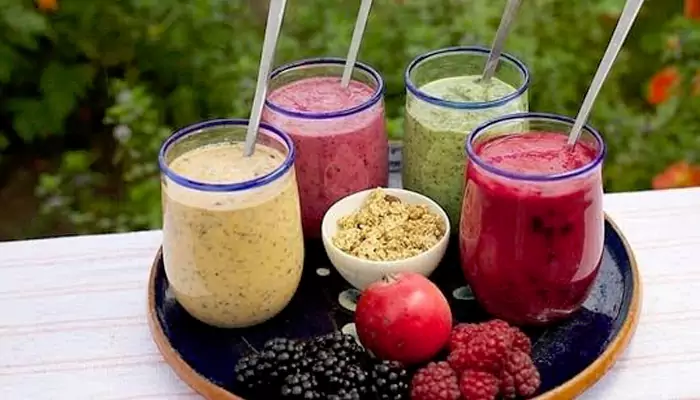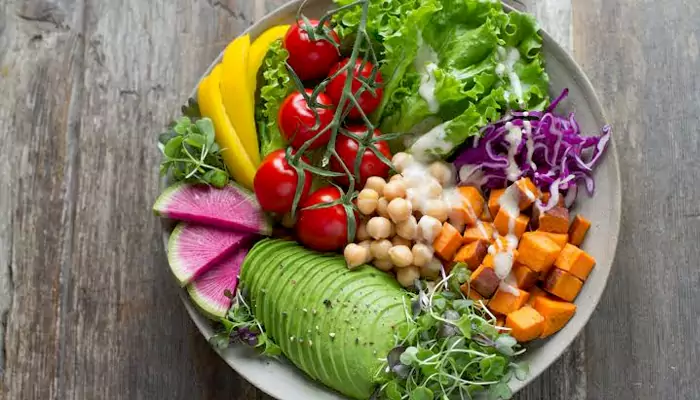Behind the Label: Consumer Guide to Spot Safe Masala as Major Indian Spices Fail FSSAI Quality Check
- Soham Halder
- 1 year ago
- 4 minutes read

Are your favourite spices safe? Recent crackdown by FSSAI raises concerns.
Despite adding flavour and aroma to dishes, spices are beneficial for overall health and metabolism. Thus, over the centuries, spices have become an indispensable part of Indian cuisines. But, are you consuming the right ones? Or your food is already adulterated? According to a shocking report by Reuters, nearly “12% of all tested spice samples in India, have failed to meet quality and safety standards.” Data obtained from India’s Right to Information (RTI) Act displays that “474 out of 4,054 samples tested between May and early July failed to meet quality and safety standards.”
However, the FSSAI is yet to disclose a brand-wise breakdown of the test results. The concerns were raised for the first time by Hong Kong food safety controller as they detected significantly high levels of pesticides in last April. This led to a temporary stop of Indian spices sales in Hong Kong. As a result, Britain, New Zealand, Australia, yhe United States tightened the scrutiny over Indian spices.
The Food Safety and Standards Authority of India (FSSAI) is responsible for inspection, sampling, and testing of spices before being introduced in the market. Even after all those qualities assurance tests, do you need to stay alert? The answer is ‘Yes’.
Following are some of the key steps to enhance safety before you buy spices from retail market or online platforms.

Basic Indicators to Check before Buying Spices:
Colour:
Do not purchase the spice with pale or muted colour. Fresh spices always carry vibrant colours. For example, dried chili powder must be vivid, while black peppercorns must be uniformly jet black coloured. Any dried herb must be green without any brownish tinge. Fresh spices always have a good consistency also.
Aroma:
A strong aroma is an indicator of fresh quality. Thus, take a whiff before purchasing in retail stores.
Packaging:
Always prefer transparent packaging. It's easy to detect abnormalities. If you are not satisfied with the packaging, avoid purchasing.

Check Preparation Methods:
For both online and offline purchase, this is a crucial step. Check the method of processing and packaging of that brand in their official website. If you find excess heat is being used for roasting, avoid those products. You can also check the rate of adulteration.
Smart Decisions:
It's always advisable to purchase whole spices and prepare the powder in home. Usually, whole spices remain fresh for a long time period. The commonly used spices like cumin, coriander are easily available in whole form. Buy a good quality spice grinder for preparing the powder just before cooking. Even if you are purchasing powdered forms, don't buy in large quantities.
After using, store the spices in airtight containers especially in cool or dark places, such as a cabinet. It will protect them from excess heat, light, or moisture. Usually, glass jars with tight lids are best for keeping spices.

Easy Hacks to Check Purity:
Chilli Powder:
The purity of chilli powder can be tested by mixing it with water. Pure chilli powder will initially float for a while and slowly begin to dissolve. On the other hand, adulterated chilli powder will immediately start descending in water.
Hing (Asafoetida):
Pure hing, after being placed over a stove must immediately catch fire followed by burning with a bright flame. If the Hing is adulterated with resin, it will not catch fire quickly.
Cumin:
Rub the cumin seeds on your palm vigorously. Adulterated seeds will leave a black residue.
Adulteration of spices is common and a big concern for Indians. #indianfood #IndianSpice #Foodadulteration #foodsafety #foodtesting
— The Better India (@thebetterindia) August 18, 2024
[Food Adulteration, Indian Spices, Indian Food, Food Safety, Food Testing] pic.twitter.com/3spX0j425B
Credit - @thebetterindia X handle
Black Pepper:
Good quality black pepper will sink immediately after being placed in water. On the other hand, adulterated black pepper will float on top.
Analysing the purity of spices while purchasing enhances the quality of cooking as well as your family's health. Happy cooking!



